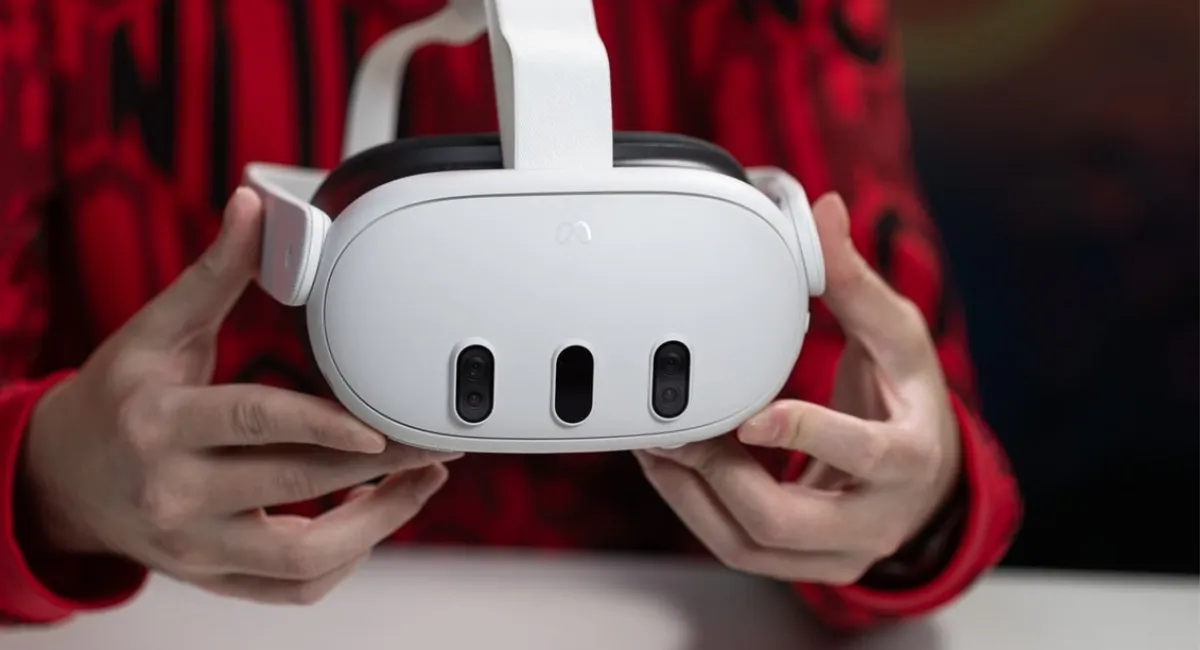Virtual reality demands complete mesh and Meta Quest 3 AirLink uses wireless capabilities to achieve this immersion standard. With AirLink, users can experience PC VR games without dealing with cable connections. How do you connect to internet access if your provider is other than a standard network operator? T-Mobile Home Internet continues to attract users with its economical unlimited service yet it remains uncertain whether this connection meets standards for VR streaming. This article explores VR compatibility alongside specific obstacles and optimization strategies required to attain excellent performance levels.
Meta Quest 3 AirLink
What is AirLink?
All Meta Quest 3 users can wirelessly stream VR content by utilizing the Air Link feature which connects to their PC. The new connectivity method of Air Link delivers wireless streaming for Meta Quest 3 users to experience virtual reality hands-free.
Why Choose AirLink Over a Wired Connection?
- Freedom of Movement: No cables means no restrictions.
- Convenience: Setup procedures for wireless connections remain simpler than parallel setups with cables.
- Comparable Performance: If properly optimized AirLink technology achieves performance levels almost equivalent to cable connections.
What Does AirLink Require?
For smooth performance, you’ll need:
- A strong Wi-Fi 5 or Wi-Fi 6 router with a 5GHz band.
- Users need a PC which delivers sufficient power to run games in VR.
- Low-latency internet to minimize lag.
What Makes T-Mobile Home Internet Unique?
The T-Mobile Home Internet system functions through 5G and LTE signal distributions unlike standard fiber and cable ISP networks. This system functions wirelessly and includes unlimited data while maintaining simple setup procedures.
Compatibility of Meta Quest 3 AirLink with T-Mobile Home Internet
Will AirLink Work on T-Mobile Home Internet?
Yes, but with limitations. Cells on the T-Mobile Home Internet system deliver adequate speeds yet network delay may disrupt an immersive VR experience. The ping times required for AirLink surpass capabilities that mobile networks face difficulty achieving.
What Are the Biggest Issues?
- High Latency: The mobile networks experience delays as one of their main characteristics.
- Inconsistent Speeds: Daytime performance levels tend to vary during different periods.
- Wi-Fi Interference: The Wi-Fi performance of virtual reality experiences might suffer from T-Mobile’s selection of gateway modems for network connection.
Optimizing T-Mobile Home Internet for Meta Quest 3 AirLink
Tips to Improve Your Connection
- Use a 5GHz Wi-Fi Band: When using a 5GHz Wi-Fi Band interference reduces and the speed improves.
- Place the Router Close to Your Play Area: Physical obstructions can degrade the signal.
- Limit Network Congestion: Your VR performance benefits from disconnecting other connected devices when playing.
- Use a Mesh Network or Gaming Router: These can help maintain stability.
Common Issues
Lag and Latency Problems
If your AirLink experience feels sluggish:
- You should connect with wires whenever network availability allows it.
- All connections to your PC must use an Ethernet cable.
- Applications that demand high bandwidth should be closed.
Connection Drops
To prevent frequent disconnections:
- Restart your T-Mobile gateway regularly.
- Make sure your network runs off a dedicated Wi-Fi router instead of allowing the T-Mobile gateway to control the wireless connection.
- Use your network during non-peak times because network congestion rises during busy hours.
Alternative Solutions for VR Streaming
If T-Mobile Home Internet isn’t working well for AirLink, consider:
- Building your network with either fiber or cable internet options.
- Gaming performance improves when owners use dedicated routers for increased stability.
- Cloud gaming through GeForce NOW promises players a smooth gameplay experience.
T-Mobile Home Internet offers great broadband alternatives yet produces substandard conditions for Meta Quest 3 AirLink virtual reality streaming. Users could experience degraded performance when high levels of latency meet poor speeds. To experience better wireless virtual reality gaming you should explore improved router options or search for a reliable internet provider. Some system optimizations along with customization measures can create satisfactory performance for people restricted to minimal internet service provider choices.
